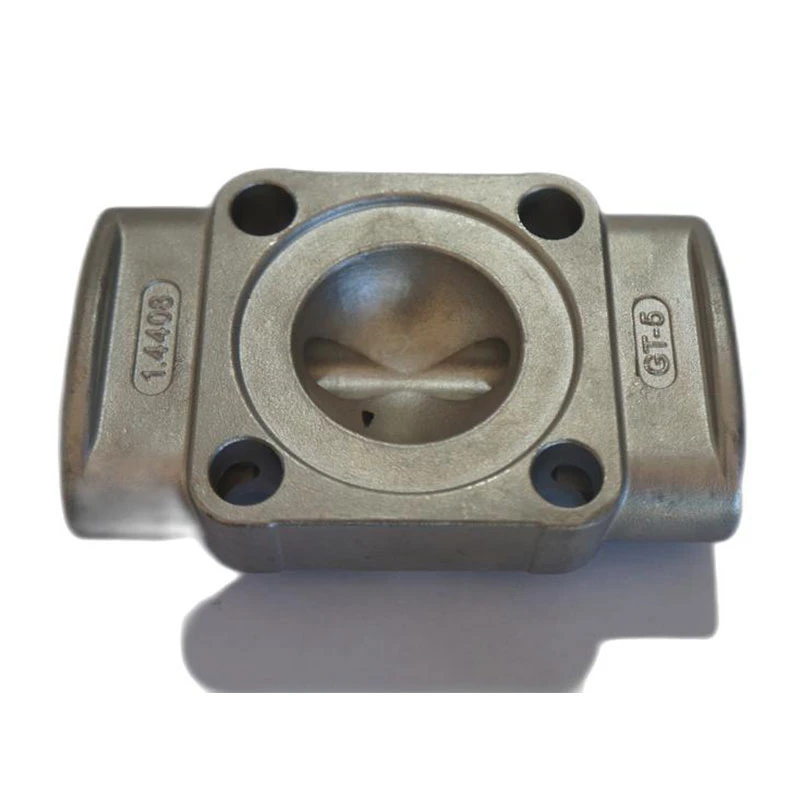Products Created Through Sand Casting Techniques and Processes
Understanding Products Produced by Sand Casting
Sand casting is one of the oldest and most widely used metal casting processes, known for its versatility and cost-effectiveness. This technique involves creating a mold from a mixture of sand and a binder, typically clay, to form intricate shapes and designs in various metal alloys. The sand casting process can produce a vast array of products, catering to a multitude of industries. This article explores the diverse products made through sand casting, highlighting their applications and advantages.
The Sand Casting Process
Before delving into the products, it's essential to understand the sand casting process. It begins with the creation of a pattern that represents the object to be cast. This pattern is usually made from materials like wood, metal, or plastic. The pattern is then placed in a mold box, and sand mixed with a binder is packed around it, forming the mold. Once the sand hardens, the pattern is removed, leaving a negative impression that will hold molten metal.
The mold is then assembled, and molten metal is poured into the cavity. After the metal solidifies, the mold is broken away, revealing the final cast product. This method allows for the production of both ferrous (iron and steel) and non-ferrous metals (aluminum, copper, etc.), making it highly versatile.
Products of Sand Casting
1. Automotive Industry Components One of the most significant applications for sand casting is in the automotive sector. Many crucial components, such as engine blocks, cylinder heads, and transmission cases, are produced through this method. The ability to create complex shapes with excellent structural integrity makes sand casting ideal for automotive applications, where precision and durability are paramount.
2. Aerospace Parts The aerospace industry also utilizes sand casting to produce lightweight yet robust components. Parts such as brackets, housings, and structural elements for aircraft are often made from aluminum and magnesium alloys using sand casting techniques. The ability to create detailed geometries allows engineers to design parts that save weight without compromising safety.
3. Machinery and Equipment Sand casting is extensively used to manufacture parts for various types of machinery and industrial equipment. Components like pump housings, valve bodies, and gear cases are commonly produced using this method. The rugged nature of sand-cast products can withstand heavy usage and harsh conditions, making them suitable for a wide range of machinery.
products produced by sand casting

4. Art and Sculpture Beyond conventional industrial applications, sand casting is also a favored method for artists and sculptors. Artists can create intricate sculptures, decorative pieces, and functional art objects using sand casting. The process allows for the replication of unique designs and creative concepts in metals, enabling artists to express their visions. 5. Marine Applications The marine industry benefits from sand casting through the production of various components such as propellers, hull fittings, and engine parts. These products often require corrosion-resistant materials, and through sand casting, manufacturers can create durable and reliable marine components that can withstand harsh environments.
6. Construction and Architecture Sand casting is also applied in architecture and construction for creating ornamental structures, brackets, and other architectural elements. Additionally, it is used to manufacture components for heavy construction equipment, ensuring that builders have access to robust and reliable parts.
Advantages of Sand Casting
- Cost-Effectiveness Sand casting is generally less expensive than other metal casting processes, especially for large parts, due to lower tooling costs. It allows for affordable production without sacrificing quality.
- Flexibility The ability to cast different metals and create complex shapes makes sand casting incredibly flexible. It can accommodate a wide range of designs and sizes, making it suitable for various industries.
- Scalability From small-scale production runs to large quantities, sand casting can adapt to different needs, making it an ideal choice for businesses of all sizes.
Conclusion
In conclusion, sand casting remains a vital manufacturing technique with a broad spectrum of applications across different industries. It is a key method for producing automobile components, aerospace parts, machinery, art, marine, and architectural products. The advantages of cost-effectiveness, flexibility, and scalability ensure that sand casting will continue to play a significant role in manufacturing processes well into the future. Whether for industrial applications or artistic endeavors, the products produced by sand casting demonstrate the enduring value and versatility of this ancient technique.
-
Precision Casting Prototypes and Engineering Inc – Innovating Global Manufacturing SolutionsNewsNov.24,2025
-
Precision Casting Facility: Advanced Manufacturing for Global Industries | Hairun SourcingNewsNov.23,2025
-
Leading Precision Casting Corporation: Quality Metal Components for Global IndustryNewsNov.23,2025
-
Precision Cast Rods: Definition, Applications & Future Trends in ManufacturingNewsNov.22,2025
-
Precision Cast Iron Surface Plate: The Backbone of Industrial Accuracy and QualityNewsNov.21,2025
-
Precision Aluminum Investment Casting: High-Accuracy Manufacturing for Modern IndustriesNewsNov.20,2025















